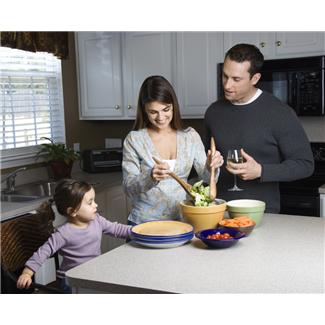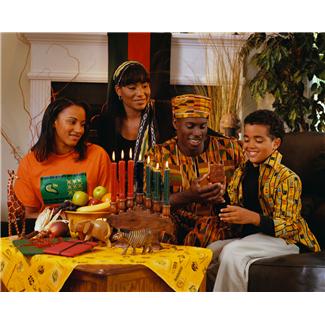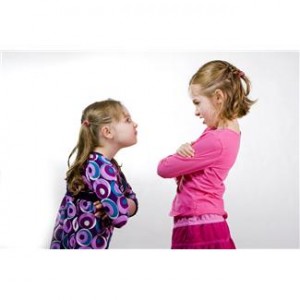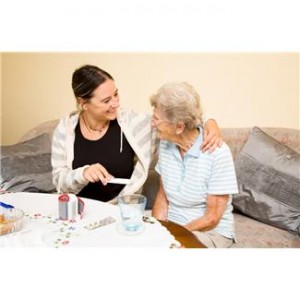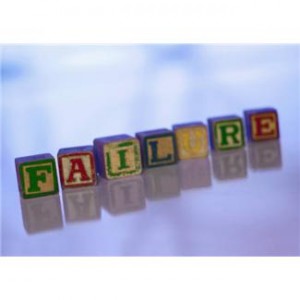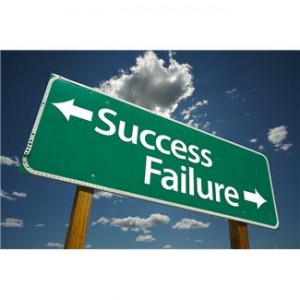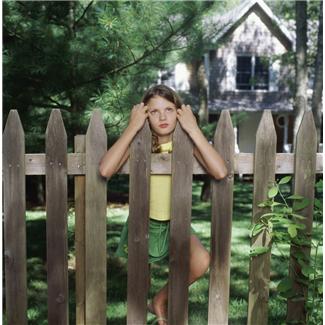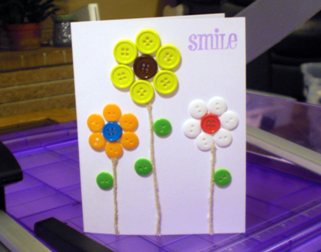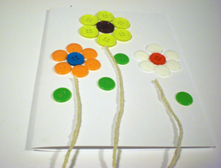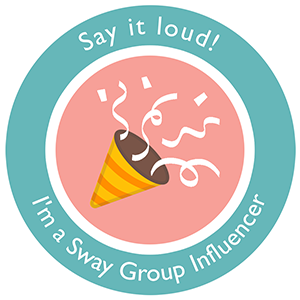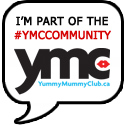By Erin Brown Conroy
A wave of youth violence continues to crash across our nation. Listen to a few minutes of radio news or view a few minutes of the nightly news, and at least one story of youth aggression blares back. We’re horrified and saddened by behavior once unthinkable, now commonplace. How do we calm relentless
Threats of aggression churning around our families, schools, sports, and society as a whole? The answer to the problem of child violence lies in personal virtue.
What is a virtue-driven life?
By living a virtue-driven life, we change our family at the deepest place; we impact our child in the strongest way possible. Become virtue-filled in your thoughts and actions, and you can’t help but saturate your child’s thoughts and actions with virtue. Living virtue isn’t just volunteering in the
community or going to church on Sunday. True virtue lies in every day actions. True virtue is a verb. Anyone can speak words – few can live them. Living a life of virtue and character isn’t in the saying, it’s in the doing.
How do I know if I’m truly living and modeling positive virtue and character to my child? Here are seven virtues and a specific checklist of questions for parents willing to take the challenge to enter the battle against violence through living an example of life-changing virtue.
1. Honesty: Saying and living the truth.
Am I straightforward and clear in my speech to others, giving information that is complete, to the best of my knowledge?
Am I straightforward and clear in my actions to others, or do I rationalize my behavior as “necessary,” even if it isn’t presenting the truth in its entirety?
Do I shun deception of any kind, including “little white lies” that “bend” reality in order to change the dynamics of the situation or make myself look good?
Do I give all of the information needed, or do I hold some information back in order to gain the upper hand?
Am I the same person with everyone, in all situations, to the best of my ability, or do I change my tone, words, attitude, and actions in different situations to manipulate the outcome?
Do I continually seek to know and show truth?
2. Courage: Standing strong in the face of adversity, uncertainty, and risk.
Am I one to “cave in” when the going gets tough by changing the conversation, changing the situation, or changing my direction of actions, goals, or dreams?
When a situation becomes unclear, do I suddenly give up or begin asking questions of my capabilities and choices?
When my heart says “yes” but the outside circumstances aren’t “100 percent sure,” do I hesitate to the point of losing momentum or, worse yet, losing sight of my goal entirely?
Do I “do the right thing” even when I know the result is hard circumstances?
Do I embrace conscience and conviction to the point of personal discomfort, ro do I waffle and wave, in order to make things easier on myself?
Do I continually seek to know and show courage?
3. Responsibility: Taking care of what needs to be done and doing it well.
Do I follow through a job or task to the very end, or do I pass it off to others or blame others for my lack of responsible follow through?
Do I admit my mistakes, whether big or small, and take responsibility for my choices?
When I wrong someone, do I seek to make the wrong right, with humility embedded in attitude and actions?
Do I set reasonable and attainable goals and follow through on those goals by creating a step-by-step plan of action?
In each task I begin, do I care about finishing with the details in mind?
Do I seek to show responsibility each day in how I use words and act?
4. Perseverance: Sticking with a task and continuing positively even when the outlook is bleak.
Do I keep going – with a positive attitude – through hard situations?
Do I keep working on bettering relationships, not giving up, even when it’s hard?
Do I embrace an attitude of forgiveness towards others who’ve wronged me, while still maintaining autonomy and healthy boundaries, in order to create the best relational outcome possible?
Am I one to brainstorm positive options when negative circumstances or attitudes are the norm?
5. Compassion: Thinking and acting with love and care towards others, even when wronged.
Do I embrace kindness and gentleness by showing kind and gentle actions to those around me?
Do I think of others’ feelings first, or do I look out for my own self-interests?
Do I seek goodness in others and myself, embracing optimism over pessimism?
Do I show mercy towards others, not smoldering emotionally in revenge or hatred that eventually burns out my soul and inner peace?
Do I try to find situations where I can give physical, emotional, or mental relief to someone overstressed, overworked, or overburdened?
Do I put myself in situations where I see and experience firsthand another’s grief, loss, or crisis, in order to give of myself in some way to help?
6. Self-discipline: Saying no to what doesn’t help and saying yes to what will help, even it it’s hard to do.
Do I choose to turn my back on things I know aren’t good or healthy for me?
Do I actively pursue things I know to be good and healthy?
Am I making daily choices that further positive relationship with my family and child?
Do I put accountability structures in place in order to maintain faithfulness in an activity or pursuit?
Am I willing to make the choice to mentally and physically say “no” when I emotionally or physically want to say “yes”?
Do I keep my eyes, thoughts, and actions on what I know to be the best long term choices for my life, as opposed to giving in to self-gratification that I’ll later regret?
7. Faith: Believing in and acting on the sovereignty and care of a God who plays an active role in my life.
Have I taken time to investigate the spiritual area of my life, or am I stiff-arming a “still, small voice” existing in the core of who I am?
Am I willing to soul-search the deepest parts of my life, in order to honestly ask God to take an active role in my life?
Do I take time to pray each day and seek God’s input into my life? Do I take time to quietly listen for God’s prompting?
DO I take time to impart faith to my child?
Am I open to God’s intimate and unique involvement in my life, in order for God to grace me with new perspectives, healthy attitudes, and positive skills that make me complete, able to contribute deeply into others’ lives?
Parents, if we purposefully build virtue into our own lives, then we’re able to build that same virtue into our child’s life. In turn, expressed virtue changes actions and loosens the grip of violence on our children and nation’s future.
About Author
Erin Brown Conroy, MA, is a writer specializing in books on relationship connections, curriculum, and web marketing. She is a freelance writer/consultant, the DL Professor of writing courses for Patrick Henry College, and a Master Teacher for the PHC Prep Academy Online. Erin is also the mom of 13 children by birth, marriage, and adoption and has been homeschooling for 27 years. She lives in Ohio with her husband, five children still at home, and three amazingly-smart (and cuddly) Australian Labradoodles. You can read more of Erin’s articles on parenting at www.erinbrownconroy.com.
Used with permission.




